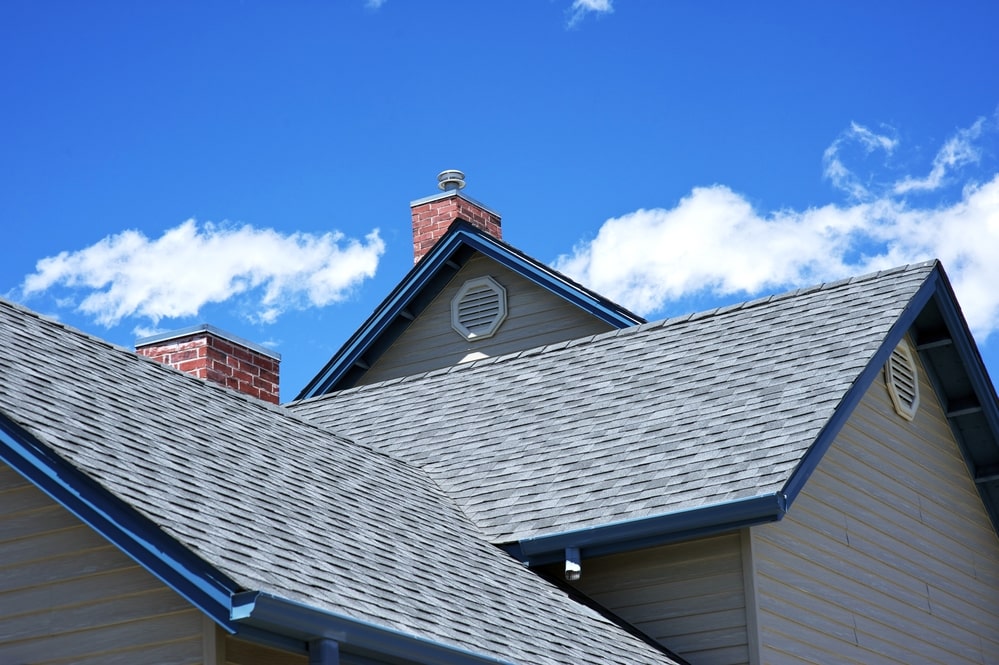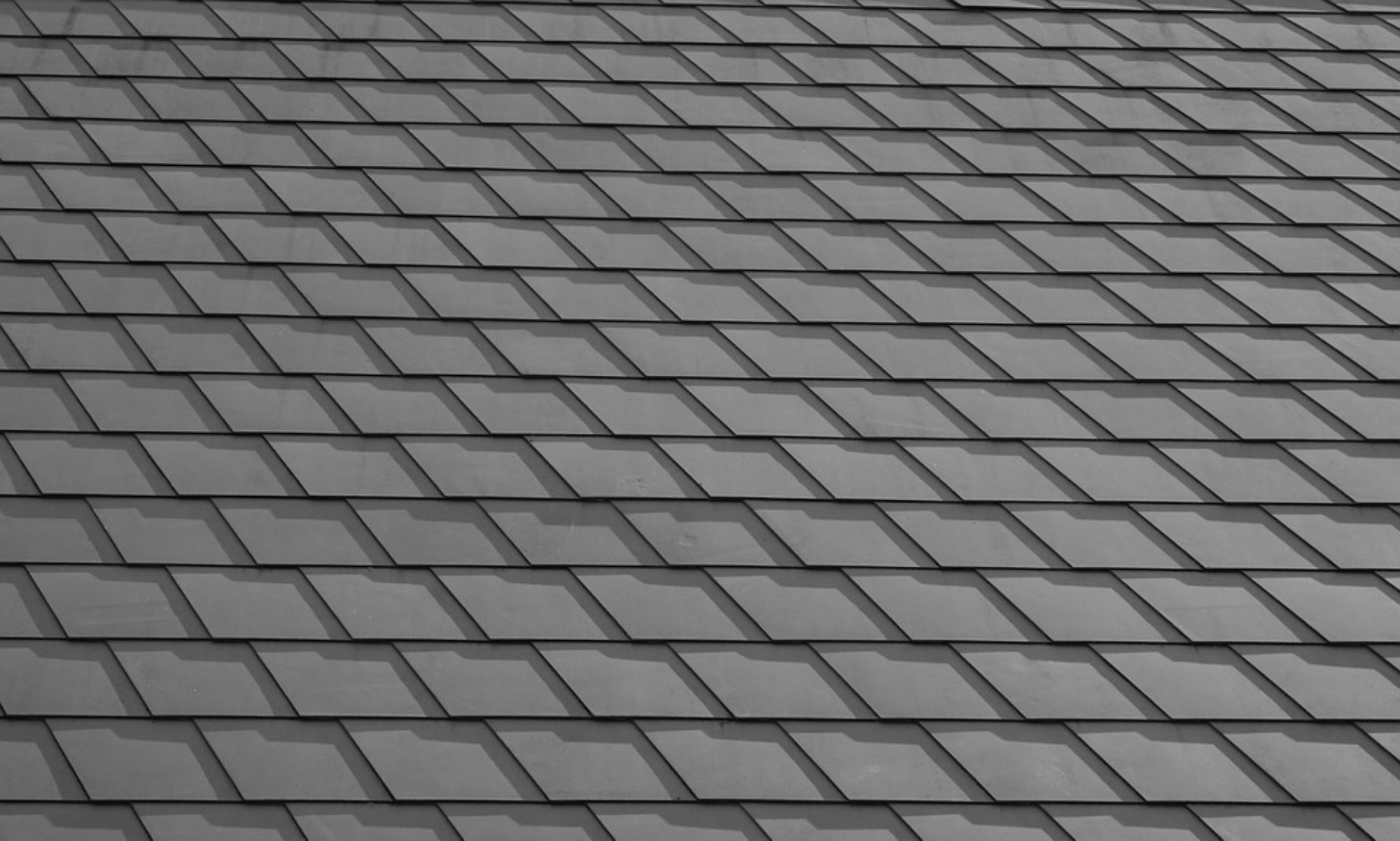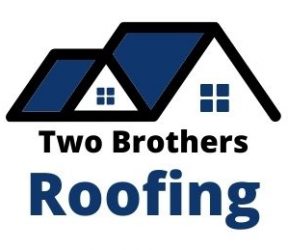
There are a few different types of materials that you can choose from when you are getting your roof replaced or repaired. Each type of material has its own set of pros and cons, so it is important to understand what they are before making a decision. In this blog post, we will discuss the three most common types of materials: asphalt shingles, metal, clay tile, and slate. We will outline the pros and cons of each material so that you can make an informed decision about which option is best for your home.
Asphalt Shingles
Asphalt shingles are the most common type of roofing material in the United States. They are made from a fiberglass mat that is coated with asphalt and then covered with ceramic granules. They are relatively inexpensive, easy to install, and come in a variety of colors. They are also fairly durable, although they can be damaged by high winds or hail. One of the drawbacks is that they are not as environmentally friendly as some other roofing materials because they are made from petroleum products.
Metal Roofs
Metal is becoming increasingly popular because they are very durable and long-lasting. They can last for 50 years or more, whereas asphalt shingles typically only last for 20-30 years. Metal is also energy-efficient because they reflect heat, which can help keep your house cooler in the summer. One of the downsides of metal is that they are more expensive than asphalt shingles, and they can be noisy during a rainstorm.
Slate Roofs
Slate is the most expensive type of roofing material, but they are also the most durable. They can last for 100 years or more, and they are very resistant to fire and wind damage. Slate is also environmentally friendly because they are made from a natural material. The only downside of slate is that they are extremely heavy, so you need to make sure that your house is structurally sound before having one installed.
Clay Tile
Clay tile is a popular choice in warm climates because they are very good at reflecting heat. Clay tile can last for 50 years or more, and they are fairly easy to repair if they are damaged. One of the drawbacks of clay tile is that they are very heavy, so you need to make sure that your house is structurally sound before having one installed. Another downside of clay tile is that they are not as environmentally friendly as some other roofing materials because they are made from petroleum products.
Now that you know the pros and cons of the different types of materials, you can make an informed decision about which option is best for your home. In the meantime, if you are looking into quality roof maintenance or repair, contact the experts today!

